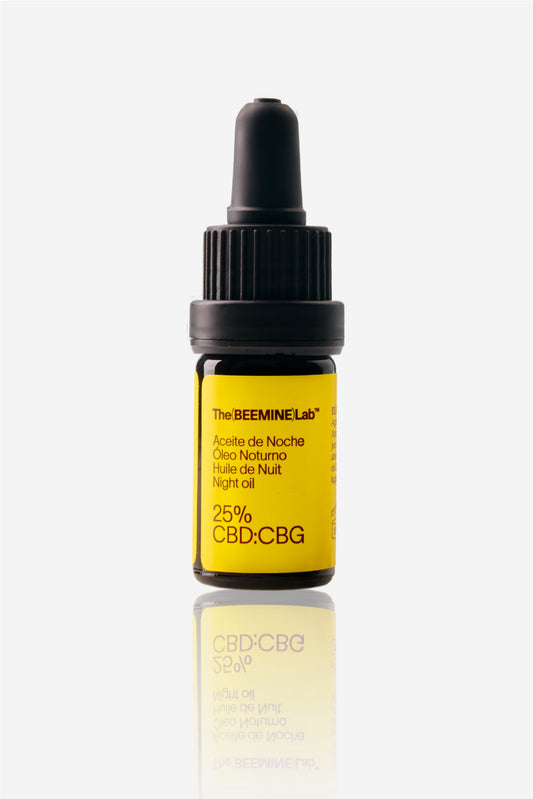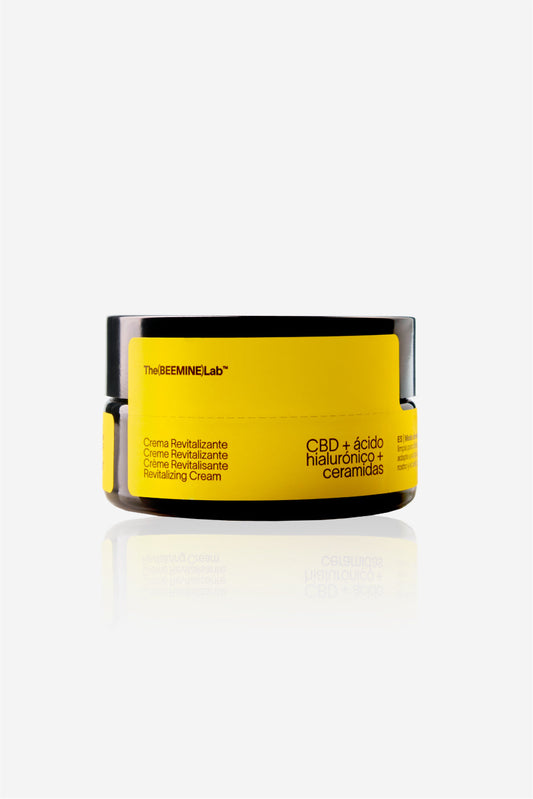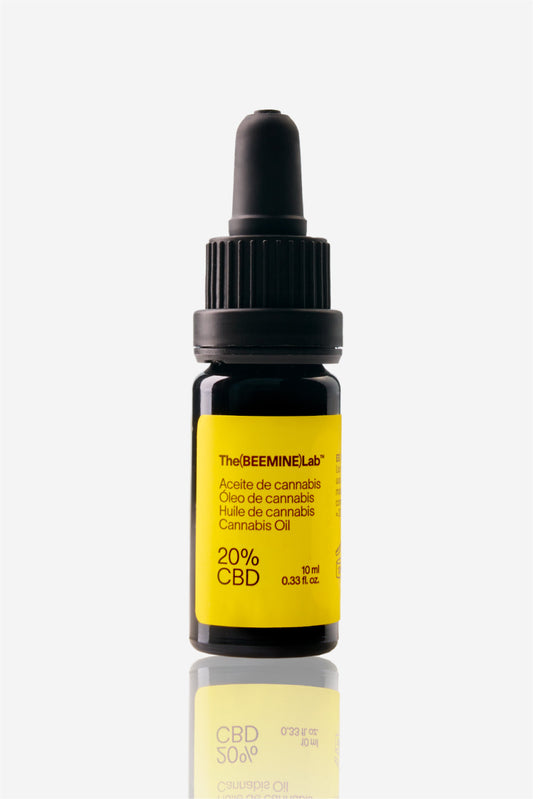Bee derivatives and their benefits
Bee products have been used for over 8,000 years due to their important benefits for our body. They are antiviral, antiseptic, anti-inflammatory and highly nutritious products . Learn about the properties and benefits of bee derivatives.What are bee derivatives?
Honey, beeswax, propolis and even venom … Each of these substances has a function for the hive and has various benefits for humans. These bee derivatives come from the natural activity of bees and many of them have been collected and used by humans as medicinal therapies for more than 8,000 years.The history of the use of bee derivatives
From primitive beekeeping to sustainable beekeeping.
The earliest beekeeping known to us dates back to periods before 8,000 BC. It was a form of wild beekeeping, in which they waited for spring to catch natural swarms and deposit them in hives made of mud, straw or empty tree trunks. In summer, the honey was collected and separated from the wax. The Egyptian civilization used honey derivatives not only as food, but also in medicine, funeral rites and as gifts to the gods . It was believed that the tears of Ra (God of the Sun) transformed into bees when they touched the ground. During the 16th and 17th centuries, many of the essential tools for contemporary beekeeping were developed, such as a standardized model of hives and the creation of smokers. Today, beekeeping has become a globalized and highly competitive sector where obtaining raw materials is paramount. Bee populations are declining annually and the species is more threatened than ever by factors such as pesticides, habitat destruction, parasites and invasive species. Sustainable beekeeping has emerged as a way to protect and increase bee populations while ensuring animal welfare. With the help of a large network of conscientious consumers and users, sustainable beekeeping can overcome competitive margins and make a better future for bees possible.Bee derivatives
What are bee derivatives? What are the benefits of honey or wax? Where does royal jelly and propolis come from? Is it good to consume pollen? These are some of the questions we have asked ourselves for years. Today, thanks to research and scientific advances, we can understand and explain the benefits and properties of bee derivatives.Honey
Where does honey come from?
Honey is a viscous and sweet fluid produced by bees of the Apis genus, more specifically honey bees. This honey is produced from the nectar of flowers and is transformed by combining it with substances from the bees themselves, which are deposited and stored in the honeycombs. There are different varieties of honey depending on the plant origin. The most common are rosemary, thyme, eucalyptus, lavender, chestnut, orange and orange blossom.The benefits and properties of honey:
- Antibacterial: Honey contains inhibins and glucose oxidase that act as bactericides. These properties make honey an ideal natural exfoliant for the treatment of acne.
- Antiviral + Antifungal : Honey has antiviral and antifungal properties that can improve our immune system.
- Antioxidant: Honey prevents the formation of oxides and slows down cell decomposition. It therefore significantly benefits the immune system and can prevent heart disease.
- Anti-inflammatory: Honey is a powerful anti-inflammatory that reduces and relieves the pain of inflammation. It works both topically on muscles and joints and ingested.
- Moisturizing and repairing: It is ideal for moisturizing and repairing the skin, but also for moisturizing our hair and scalp.
- Natural healing agent for wounds and burns: Its antiseptic properties reduce the possibility of infections, and being rich in enzymes and amino acids, it promotes the growth and repair of tissue in wounds and burns.
What components, vitamins and substances does honey contain?
- Vitamins such as: Vitamin A, Vitamin E, Vitamin K, Vitamin C, Vitamin B1, Vitamin B2, Vitamin B3 (Niacin) and Vitamin B6.
- Carotenoids
- Flavonoids such as: Pinocembrin and Acacetina
- Acids such as: Fatty acids, Pantothenic acid, Phenolic acids, Abscisic acid, Ferulic acid
How to use honey:
-
Topical use of honey:
- Honey applied to the skin as a face mask repairs and nourishes our skin, cleansing it of bacteria and disinfecting it. For this reason, honey is a natural remedy for treating acne. Use two tablespoons of honey to spread it evenly over your face, then wait 20-30 minutes and remove it with warm water. Here are5 face masks with honey and other ingredients that can easily be found at home.
- Honey applied to wounds and burns disinfects and promotes tissue repair. Honey is also a much cheaper substance compared to other medicines. Cover the surface and depth of the wound or burn with honey on a daily basis.
-
Ingested use of honey:
- Organic honey (without colorants, additives or aromatic compounds) when ingested contains vitamins and minerals that help restore sleep, reduce metabolic stress, improve brain function and even stimulate our immune system. However, it should be noted that honey contains 80% sugar and contains 320 kcal per 100 grams, so we should not abuse its intake.
Beeswax
Where does beeswax come from? Beeswax is an animal secretion produced voluntarily by the wax glands of worker bees. The wax emerges from the bee's abdomen and is then chewed to transform into the whimsical hexagons that make up the honeycomb.Benefits and properties of beeswax:
- Antibacterial: Like honey, beeswax kills bacteria.
- Antiviral + Antifungal : Like honey, beeswax can kill mold (and other fungi) and prevent cold sore outbreaks.
- Anti-inflammatory : Wax reduces inflammation thanks to its emollient and anti-inflammatory properties.
- Antioxidant : prevents aging of skin cells.
- Nutritive : Beeswax nourishes and moisturizes the skin, which is why it is frequently used in lip balms and creams.
How to use beeswax:
- Topical use of beeswax:
- Other uses of beeswax:
-
- Beeswax is a remedy for sinusitis or asthma. There are some dietary supplements and pharmaceutical products that contain beeswax.
- Beeswax is also used in medicine for the preparation of ointments and grafts due to its anti-inflammatory, healing and emollient properties.
- Beeswax is also used to make candles that produce little smoke and have a very pleasant aroma.
Products with The Beemine Lab with beeswax.
CBD Lip Balm is made with beeswax and other ingredients such as avocado oil, hemp seed oil, and cocoa butter. These ingredients make CBD Lip Balm a highly restorative lip balm for dry lips and sensitive areas. CBD Moisturizing Cream also contains beeswax, it is a cream with a light texture, which is easily absorbed, nourishing our skin and protecting it from aging. Emergency Balm: Due to its anti-inflammatory properties, the Emergency Balm contains beeswax which, along with other components, relieves and reduces muscle inflammation.Other bee derivatives not present in our products:
Propolis
Where does propolis come from?
Propolis is a substance derived from the sap of trees (pines, junipers, poplars, chestnuts, oaks, hazelnuts, etc.) and collected by bees to protect their hives.
Propolis is collected mainly in autumn and the bee's work consists of: Manipulate it with the help of its legs and jaws to make it malleable and fill its basket with its hind legs. For this process a bee can take about 30-60 minutes added to the hour they spend inside the hive to knead it together with the wax and get the final result.Benefits and properties of propolis:
Propolis is historically known as a medicinal substance to prevent and treat respiratory infections.- Its antiseptic and antibacterial components disinfect and eliminate bacteria and other microorganisms.
- Its antiviral properties strengthen our immune system and make it an essential component during flu season.
- Its antifungal property prevents the formation of fungi, making it suitable for preventing and treating the appearance of dermal fungi.
How to use propolis:
- Topical use of propolis: Using propolis on the skin is effective for treating warts, cracks, pus-filled infections and inflammations, and intradermal infections such as chilblains. You can scoop up an appropriate amount of propolis for the area to be treated with your fingers and use it directly on your skin condition.
- Oral use of propolis: As indicated above, propolis is used for the treatment and prevention of respiratory tract infections. There are various formats such as sprays or oils and each has its recommendation and limit of use.
Pollen
Pollen is the anther of flowers. This food is collected from beehives, bees collect it from plants and transport it in granules placed on their hind legs to be transported. Pollen is highly nutritious as it contains the 22 essential amino acids necessary for humans. And it is often marketed as a food additive.Properties and benefits of pollen:
Due to its high content of vitamins, amino acids, enzymes and minerals, pollen has strengthening effects and antidepressant properties.- It improves and stimulates our immune system, raising our defenses and improving the activity of the circulatory and cardiovascular systems.
- Improves physical recovery capacity, increases endurance
- It regulates the nervous system, reducing stress and improving our mood.
- It stimulates cerebral irrigation and improves intellectual capacity.
- Improves vision due to its high riboflavin content
- Improves the activity of the digestive system by combating lack of appetite and regenerating intestinal bacterial flora
- Reduces prostate inflammation thanks to its zinc content.
How to use pollen:
-
- Ingested use of pollen: You can obtain pollen from pharmacies and herbalists. There are different formats with different modes of oral use. The most common is direct ingestion of the pollen.
- Topical use of pollen : You can make creams, bath salts, tonics and homemade masks with bee pollen (by powdering it). Its anti-inflammatory properties are beneficial for the skin and for those seeking relief from muscle inflammation while its antibacterial properties are effective in reducing acne.
Royal jelly
Where does royal jelly come from?
It is a whitish, acidic substance secreted by worker bees to feed the queen bee throughout her life and the larvae in the hive during their first days of life. Future queen bees take the pure substance throughout their lives while workers consume a derivative combined with pollen. How is it produced? It is produced by glands in the throats of worker bees during their first 5-15 days of life and together with the stomach substances they secrete give rise to royal jelly.Benefits and properties of royal jelly:
- It stimulates the natural defenses of our body, improving our immune system, raising our defenses and improving the activity of the circulatory and cardiovascular systems.
- Provides energy and improves physical recovery capacity.
- It regulates the nervous system, reducing stress and improving our mood.
- It stimulates cerebral irrigation and improves intellectual capacity.
- Improves vision due to its high riboflavin content
- Improves the activity of the digestive system by combating lack of appetite and regenerating intestinal bacterial flora
- Reduces prostate inflammation thanks to its zinc content.
- It is a natural antibiotic that protects the body from infections thanks to its antiseptic and bactericidal properties.
- Regenerates the skin and delays aging by promoting skin hydration and elasticity.
- Ingested use of Royal Jelly: You can obtain royal jelly in pharmacies and herbalists. There are different formats with different modes of oral use such as tablets or ointments. The most common use is direct ingestion of the product.
- Topical use of Royal Jelly : You can make homemade creams and masks with royal jelly. Its anti-inflammatory properties are beneficial for the skin, to relieve muscle inflammation and its antibacterial properties are effective in reducing acne.
- Tahereh Eteraf-Oskouei and Moslem Najafi, Traditional and Modern Uses of Natural Honey in Human Diseases: A Review 2013
- Abdulwahid Ajibola, et al. Nutraceutical values of natural honey and its contribution to human health and wealth 2013
- Alzahrani, HA; Boukraa, L.; Bellik, Y.; Abdellah, F.; Bakhotmah, BA; Kolayli, S. & Sahin, H. Evaluation of the antioxidant activity of three varieties of honey from different botanical and geographical origins. Glob. J. Health Sci., 4(6):191-6, 2012.
- Mendoza, BYM (2019). wax, royal jelly and bee venom. BIOZ UACB Dissemination Magazine , 4 (1).
- Burlando, B. & Cornara, L. Honey in dermatology and skin care: a review.J. Cosmet. Dermatol.,12(4):306-13, 2013.







